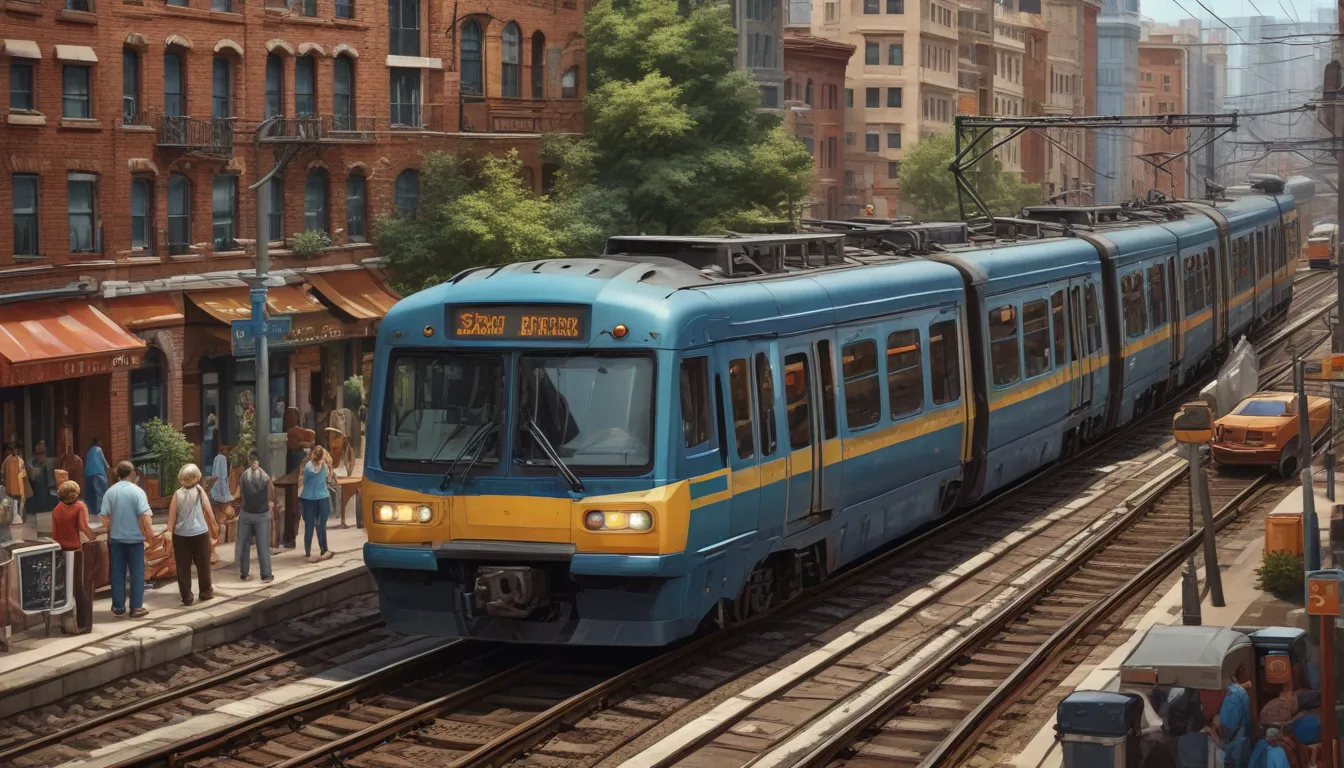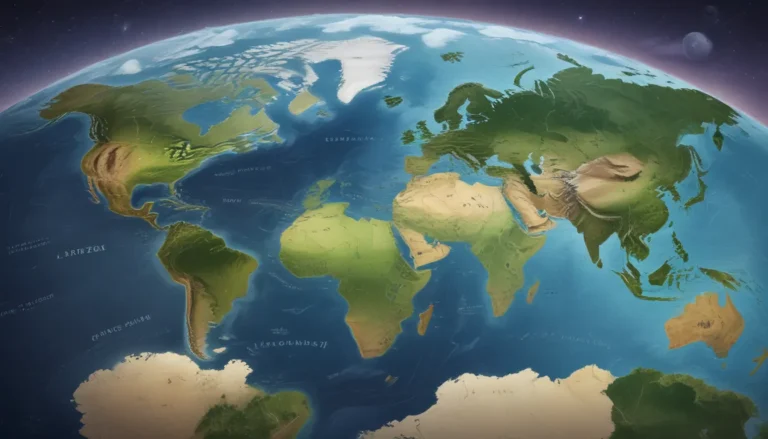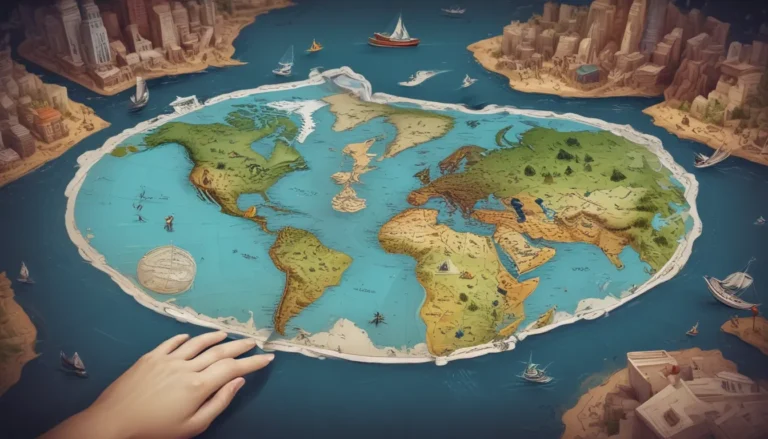A Note About Images: The images used in our articles are for illustration purposes only and may not exactly match the content. They are meant to engage readers, but the text should be relied upon for accurate information.
Transportation systems have always captivated our imagination with their innovative technologies and vast infrastructure. Whether it’s ancient trade routes or modern highways, these complex networks play a crucial role in connecting people, goods, and ideas across the globe. In this article, we’ll delve into the intriguing world of transportation systems and uncover 17 captivating facts that shed light on how they operate. From the inception of the wheel to the latest developments in electric cars, join us on a journey through history, engineering marvels, and interesting quirks that make transportation systems an integral part of our daily lives.
Evolution of Transportation Systems
-
The Invention of the Wheel: The foundation of modern transportation is believed to be the invention of the wheel around 3500 BC. This revolutionary creation allowed for efficient movement of goods and people, shaping transportation systems as we know them today.
-
The Pan-American Highway: The world’s longest highway, stretching over 19,000 miles, connects various countries in North, Central, and South America, serving as a vital transportation route for the region.
-
The Trans-Siberian Railway: Spanning approximately 5,772 miles, the Trans-Siberian Railway is the longest railway line in the world, connecting Moscow with Vladivostok and offering a scenic journey through diverse landscapes.
Engineering Marvels
-
The Channel Tunnel: Connecting England and France, the Channel Tunnel is the longest underwater tunnel in the world, with a length exceeding 23 miles, providing a direct railway connection between the two countries.
-
The Bullet Train: Introduced in Japan in 1964, the Shinkansen, or bullet train, revolutionized train travel with its high speed and safety features, setting a standard for high-speed rail systems globally.
-
The Panama Canal: Serving as a shortcut between the Atlantic and Pacific Oceans, the Panama Canal saves ships over 8,000 miles of travel distance, significantly reducing travel time for vessels.
Innovations in Transportation
-
Driverless Cars: The concept of driverless cars dates back to the 1920s, with Francis Houdina introducing the idea of self-driving vehicles. Today, autonomous cars are becoming a reality, revolutionizing the automotive industry.
-
Electric Cars: With advancements in technology and growing environmental concerns, the electric car industry is rapidly expanding, offering sustainable and efficient transportation solutions worldwide.
Notable Achievements
-
Commercial Aviation: The first commercial flight took place in 1914 when the St. Petersburg-Tampa Airboat Line began scheduled passenger flights, marking the beginning of the commercial aviation industry.
-
Space Travel: The International Space Station orbits the Earth at a speed of approximately 17,500 miles per hour, completing around 16 orbits in a single day, showcasing human ingenuity in space transportation.
Impact on Society
-
Urban Mass Transit: The first subway system was launched in London in 1863, setting a precedent for urban mass transit systems in cities worldwide, facilitating efficient movement within metropolitan areas.
-
Economic Impact: Traffic congestion costs the United States billions of dollars annually, with the economic impact estimated to be around $87 billion, highlighting the need for efficient transportation systems.
Fun Facts
-
Hovercrafts: Capable of traveling over land, water, and ice, hovercrafts use a cushion of air to glide above surfaces, making them versatile for various terrains and environments.
-
Parachute Jump: The first successful parachute jump from an airplane was made in 1912 by French aviator Albert Berry, marking a significant milestone in skydiving history.
Conclusion: Embracing the Future of Transportation
Transportation systems have shaped our modern society, connecting us in ways we never thought possible. From ancient trade routes to cutting-edge technologies, the evolution of transportation has had a profound impact on our lives. As we look to the future, it’s crucial to develop sustainable and efficient transportation systems that can meet the growing needs of our global population. By embracing new technologies, reducing environmental impact, and creating interconnected networks, we can ensure that transportation remains a force for progress, connectivity, and accessibility for all.
FAQs
- Q: What is the most extensive transportation system in the world?
-
A: The road network is the most extensive transportation system globally, with hundreds of thousands of miles of highways and roads connecting countries and continents.
-
Q: How fast can the fastest train in the world go?
-
A: The Shanghai Maglev, the fastest train in the world, can reach speeds of up to 430 kilometers per hour (267 miles per hour) using magnetic levitation technology.
-
Q: Which city has the busiest airport in the world?
-
A: Atlanta, Georgia, is home to the busiest airport globally, Hartsfield-Jackson Atlanta International Airport, serving as a major hub for domestic and international flights.
-
Q: How are transportation systems becoming more sustainable?
-
A: Transportation systems are becoming more sustainable through the adoption of electric vehicles, public transit systems, alternative fuels, and smart technologies to optimize traffic flow and reduce congestion.
-
Q: What is the purpose of transportation infrastructure?
- A: Transportation infrastructure aims to provide safe, efficient, and reliable means of moving people and goods from one location to another, encompassing roads, railways, airports, seaports, and supporting facilities.






